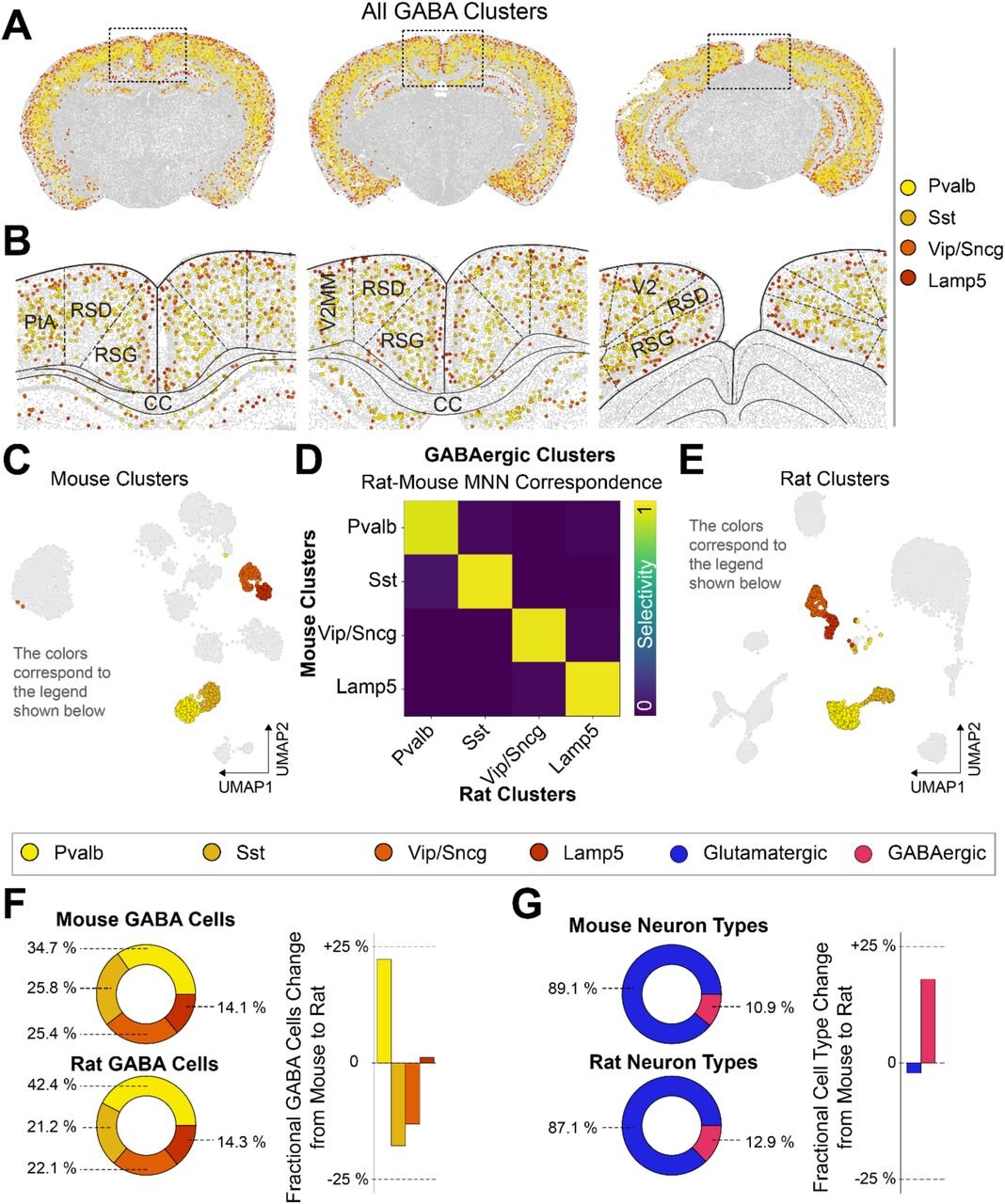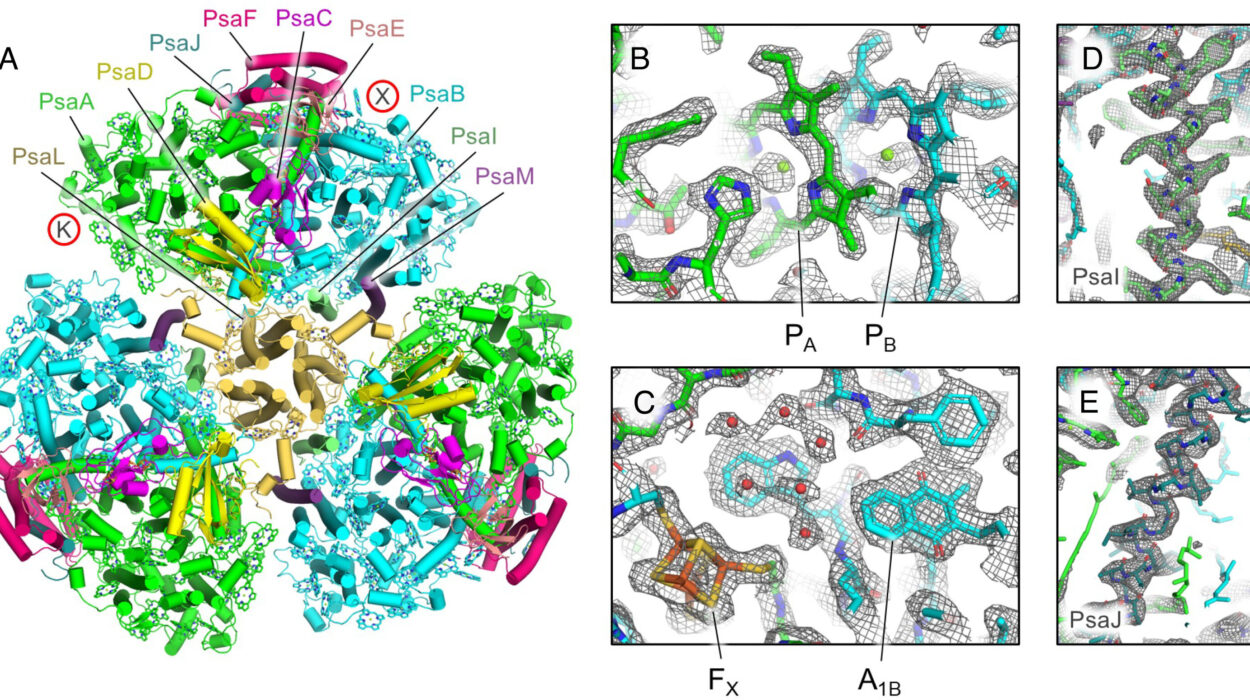For millions of years, a particular set of brain cells has been quietly steering the course of survival for mammals. These neurons, so fundamental to our understanding of where we are and how we navigate the world, have been preserved through countless generations of evolution. Yet, in the modern age, these same cells are implicated in one of the most debilitating conditions of the human brain—Alzheimer’s disease.
A groundbreaking study from the University of Michigan sheds new light on these mysterious neurons, offering not only a deeper understanding of how we navigate but also a potential avenue for treating Alzheimer’s. The research, published in The Journal of Neuroscience, shows how specialized brain cells in a region called the retrosplenial cortex have survived and even evolved over millions of years, offering hope for new Alzheimer’s treatments. But how do these ancient brain cells connect to the unraveling of the mind in Alzheimer’s patients?
Dead Reckoning and the Subconscious GPS
If you’ve ever walked around your neighborhood with no map, taking turns based purely on instinct, you’re engaging in what Charles Darwin once described as “dead reckoning.” It’s the ability to know exactly where you are, even without external cues like a compass or GPS. It’s a remarkable talent that most mammals, including humans, seem to possess, but it’s not a skill we actively think about. It’s like an invisible guide, directing us from one familiar place to another.
But for those suffering from Alzheimer’s disease, that ability can be tragically lost. The retrosplenial cortex, a small area at the back of the brain, is central to this internal navigation system. Omar Ahmed, an associate professor of psychology at the University of Michigan, calls it the brain’s “subconscious GPS.” He explains that it helps us understand not only where we are in the world but also where we might be in the future.
Unfortunately, the retrosplenial cortex is also one of the first regions of the brain to be affected by Alzheimer’s disease. As the disease progresses, it robs people of their ability to navigate their environments, often leaving them confused and lost.
A Journey Through Time: Neurons That Endure
This study began with a deep dive into the evolution of neurons responsible for this extraordinary navigational ability. Ahmed’s team had already discovered a unique type of neuron in the retrosplenial cortex of mice, which was crucial for spatial awareness. To better understand these cells, Isla Brooks, a researcher in Ahmed’s lab, and Ahmed himself used advanced AI-based tools to compare the genetic signatures of these neurons across different species—mice and rats.
What they found was remarkable: even though these species are separated by millions of years on the evolutionary tree, the specialized neurons in the retrosplenial cortex were remarkably well-preserved across both species. This suggested that these neurons were not only essential for survival, but their function had been honed over millions of years of evolution.
But the surprises didn’t stop there. The team identified another, equally ancient type of neuron in the retrosplenial cortex, one that was just as vital to spatial awareness. This second set of neurons was not only preserved but slightly amplified as well across evolutionary time.
“By comparing thousands of genes across thousands of neurons from distinct species, we can ask how specific types of neurons change across evolution,” Ahmed says, highlighting the power of their research tools to peer deeply into the molecular history of the brain.
The Neurons We Can’t Afford to Lose
Why is this discovery so important? The answer lies in the brain’s intricate, finely tuned systems that evolved over millennia to keep mammals safe and oriented. These neurons, Ahmed suggests, are of critical importance for the survival of a species. They help mammals orient themselves and, perhaps most importantly, find their way home.
“These neurons help to successfully find one’s way home,” Ahmed points out. And for those with Alzheimer’s disease, finding their way home becomes an increasingly difficult challenge. People with Alzheimer’s often suffer from severe spatial disorientation, wandering aimlessly and losing the ability to navigate even familiar places. This is not just an inconvenience; it is one of the hallmark symptoms of the disease.
But the research team is hopeful. They believe these specialized neurons may hold the key to understanding how Alzheimer’s disease affects the brain and, more importantly, how it could be treated. Ahmed’s lab is now focused on studying whether these unique neurons are present in the human retrosplenial cortex and what happens to them as Alzheimer’s disease takes hold.
Hope on the Horizon: Could These Neurons Hold the Key to Alzheimer’s Treatments?
As their research progresses, the team has begun investigating the fate of these neurons in human brains. “We see neurons in the human brain that physically look like the specialized retrosplenial neurons seen in other species,” Ahmed says. This suggests that these same neurons play a vital role in human spatial awareness and could potentially be targeted for therapy in the future.
The next step for Ahmed and his team is to understand what happens to these neurons when Alzheimer’s disease sets in. By pinpointing how these cells change or deteriorate over time, they may be able to develop targeted therapies aimed at repairing or preserving them. The hope is that by focusing on these key neurons, we can restore the ability to navigate, reducing one of the most debilitating symptoms of Alzheimer’s.
The implications of this research extend far beyond just understanding Alzheimer’s. It could revolutionize how we approach the disease, offering a targeted way to address one of its most frustrating and dangerous symptoms—spatial disorientation. If these neurons can be protected or repaired, it could drastically improve the quality of life for millions of people affected by Alzheimer’s.
Why This Research Matters
This study represents a critical breakthrough in Alzheimer’s research, not just because it uncovers the ancient roots of spatial awareness in our brains, but because it offers a potential roadmap for addressing one of the most distressing aspects of the disease. It brings us closer to understanding how the brain’s ancient navigation systems can be protected from the ravages of Alzheimer’s. For people living with Alzheimer’s, who are often lost in their own homes and communities, the promise of restoring their ability to find their way home is more than just a scientific discovery—it is a glimmer of hope for reclaiming some measure of independence and dignity.
In the end, this research isn’t just about understanding how we navigate the world; it’s about finding ways to restore that ability to those who need it most. The ancient neurons that guide us may hold the key to a future where Alzheimer’s patients can once again find their way. And in that, we find a deeper sense of hope for a world that has long been searching for answers to this devastating disease.
More information: Isla A.W. Brooks et al, Unique Transcriptomic Cell Types of the Granular Retrosplenial Cortex are Preserved Across Mice and Rats Despite Dramatic Changes in Key Marker Genes, The Journal of Neuroscience (2025). DOI: 10.1523/jneurosci.2246-24.2025






